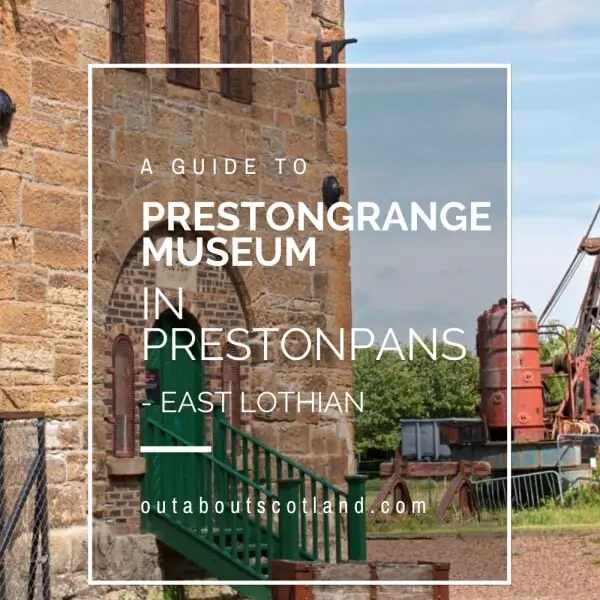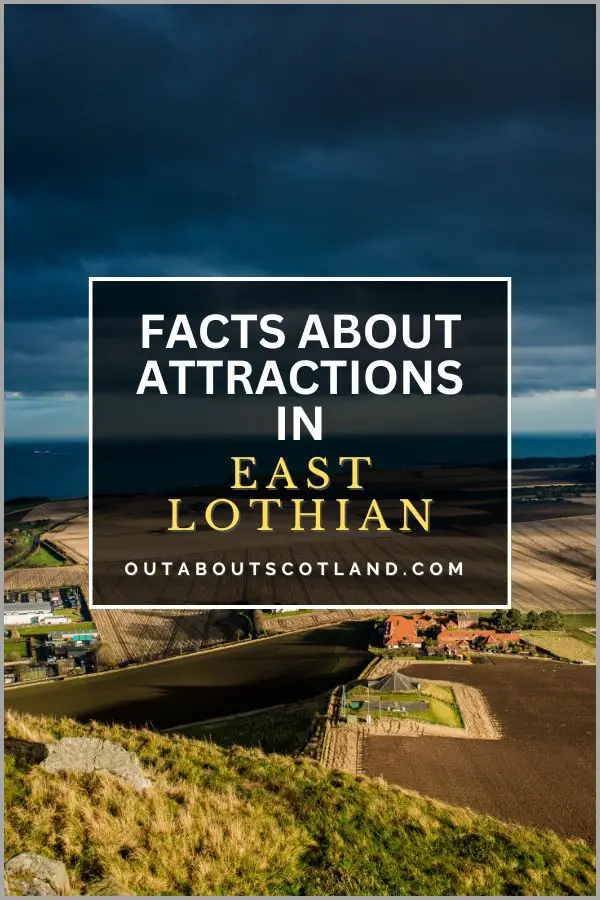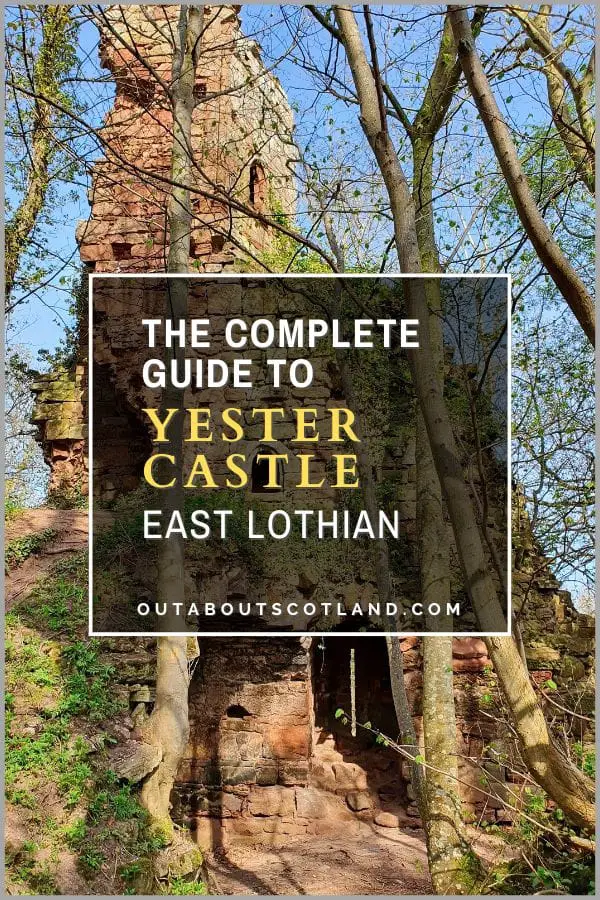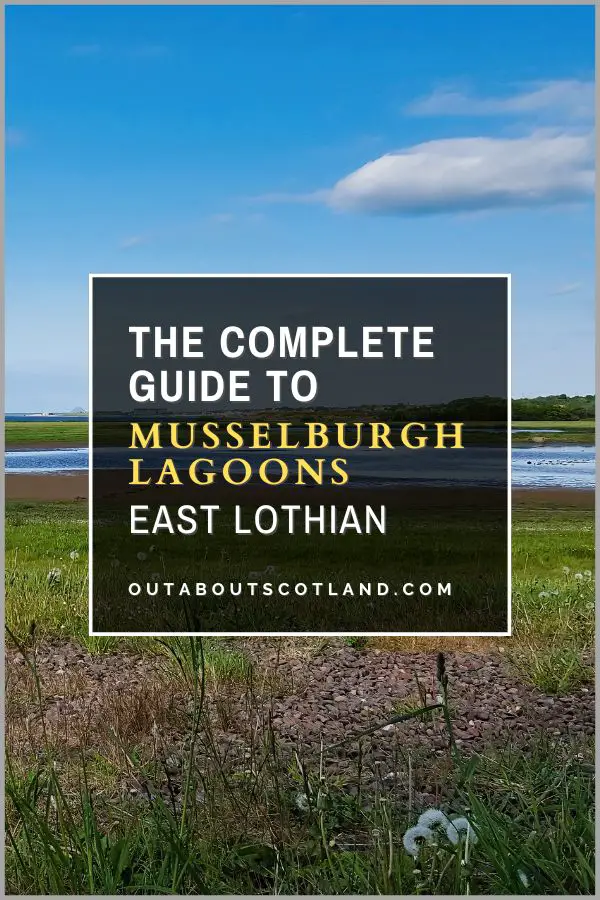Prestongrange, in the coastal village of Prestonpans, is a free-to-visit outdoor museum that showcases the fascinating industrial heritage of East Lothian. The museum aims to educate visitors about the 800 years of industrial activity that left its mark on the area, from the almost-vanished harbour to its long-abandoned colliery.
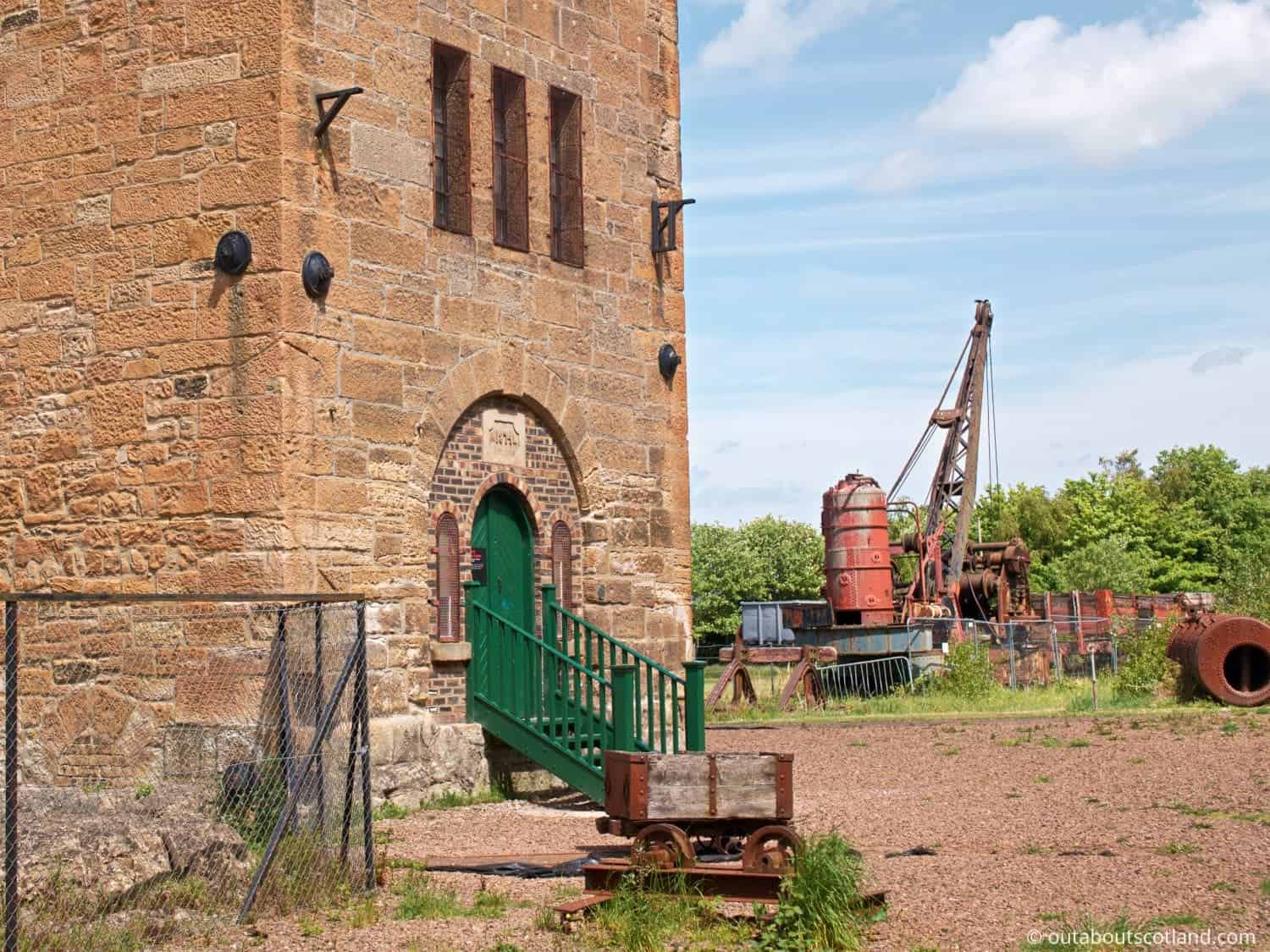
| Address: | Morison's Haven, Prestonpans, East Lothian, EH32 9RX |
| Opening Hours: | Open 24/7. Cafe/visitor centre open 8 April to 30 September, 6 days a week Friday to Wednesday, 11 am to 4:30 pm. Closed on Thursday. |
| Admission Price: | Free |
| Parking: | Free car parking area |
| Contact: | 0131 653 2904 |
| Facilities: | Cafe, visitor centre, audio tour |
| Photos: | Virtual Tour YouTube Video |
Overview
Prestongrange Museum is an outdoor historic site located in Prestonpans, not far from the banks of the Firth of Forth in East Lothian. The village of Prestonpans is relatively unknown to Scotland’s tourists, which is a shame because it has a huge amount of history that dates back over 1,000 years.
It’s remarkable that Prestongrange was at one time the site of intense industrial activity, with a harbour, a colliery, and a brickworks, but today there are just a few buildings left standing to give visitors a glimpse into East Lothian’s abandoned coal mining industry.
Getting to Prestongrange Museum from Edinburgh is easy if you follow the signs to Prestonpans (the next village east after Musselburgh) and take the turning onto the B1348. You’ll pass a turn-off for Levenhall Links Nature Reserve, and a bit further on is the signposted entrance to Prestongrange Museum. It’s a fairly nondescript road, so keep your eyes open for the signposts, after which you’ll find a few roadside parking spaces before the main entrance.
Once inside, you’re free to walk around at your leisure to look at the old buildings and machinery, with the majority of the exhibits located in the area at the back towards the woodland. Once there, you’ll find the remains of the railway lines that transported coal in and out of the site, as well as the steam-powered machinery that used to keep the coal mines running.
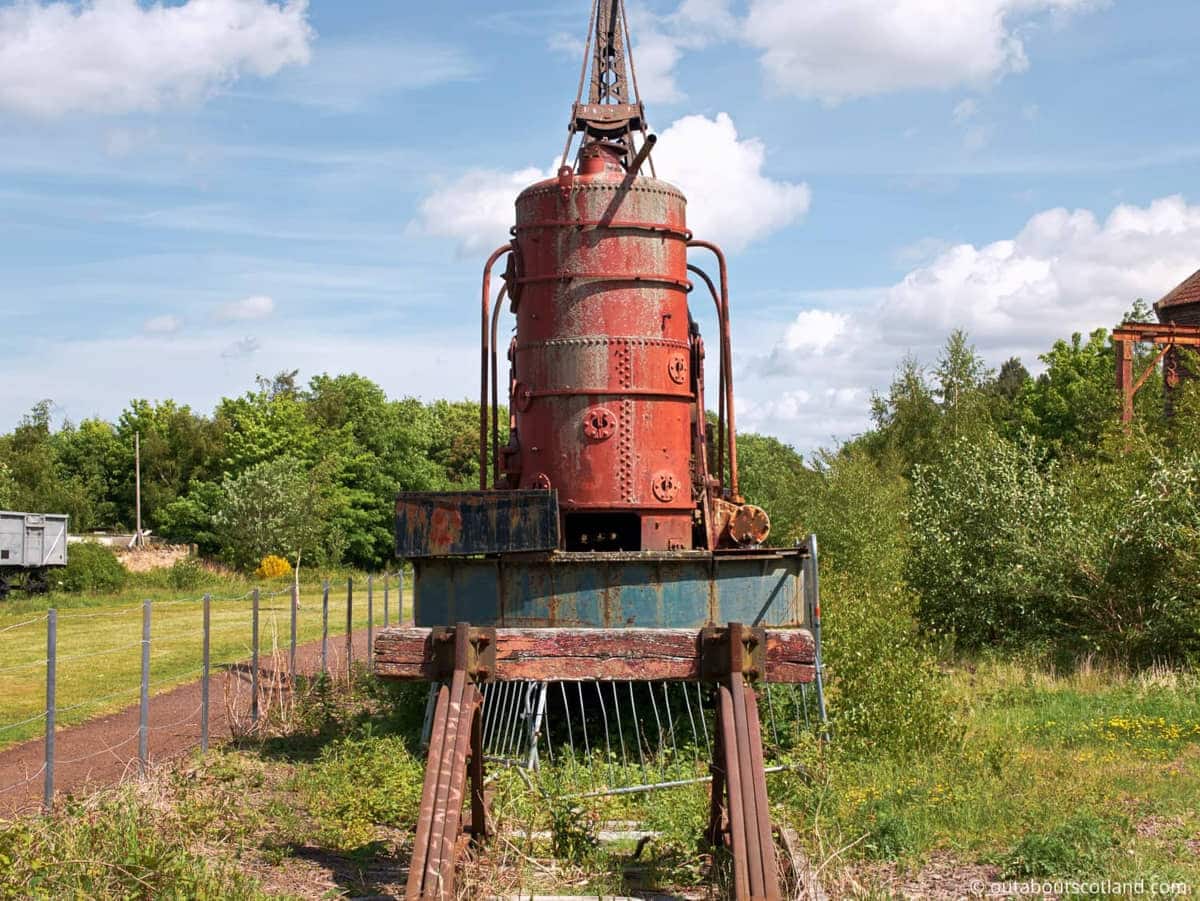
Prestongrange became a site for various industries in addition to coal mining, including brick manufacturing, pottery production, and salt extraction. The museum tells the story of these industries and their workers and showcases the technology that drove Scotland’s industrial revolution. The colliery was operational from the 13th century until it closed in 1962, and the museum now preserves many of the original industrial structures.
Other significant features include a reconstructed beam engine house, a Hoffman kiln used for brickmaking, and the remnants of pottery kilns. The museum’s exhibits also cover the history of Morrison’s Haven harbour, which was crucial for the export of goods produced at Prestongrange.
It’s difficult to imagine exactly how the site would have looked in its glory, but there’s enough on show to get an idea of how it would have looked in its heyday. The only negative I can think of is that the big buildings like the powerhouse and the brick kiln are closed to the public, so you can’t look inside them unless there’s a guided tour running.
If you’re interested in seeing more of the region’s mining history, there’s a larger attraction dedicated to Scotland’s long-vanished coal industry at the National Mining Museum in Gorebridge, but Prestongrange Museum offers a nice alternative to that much busier site.
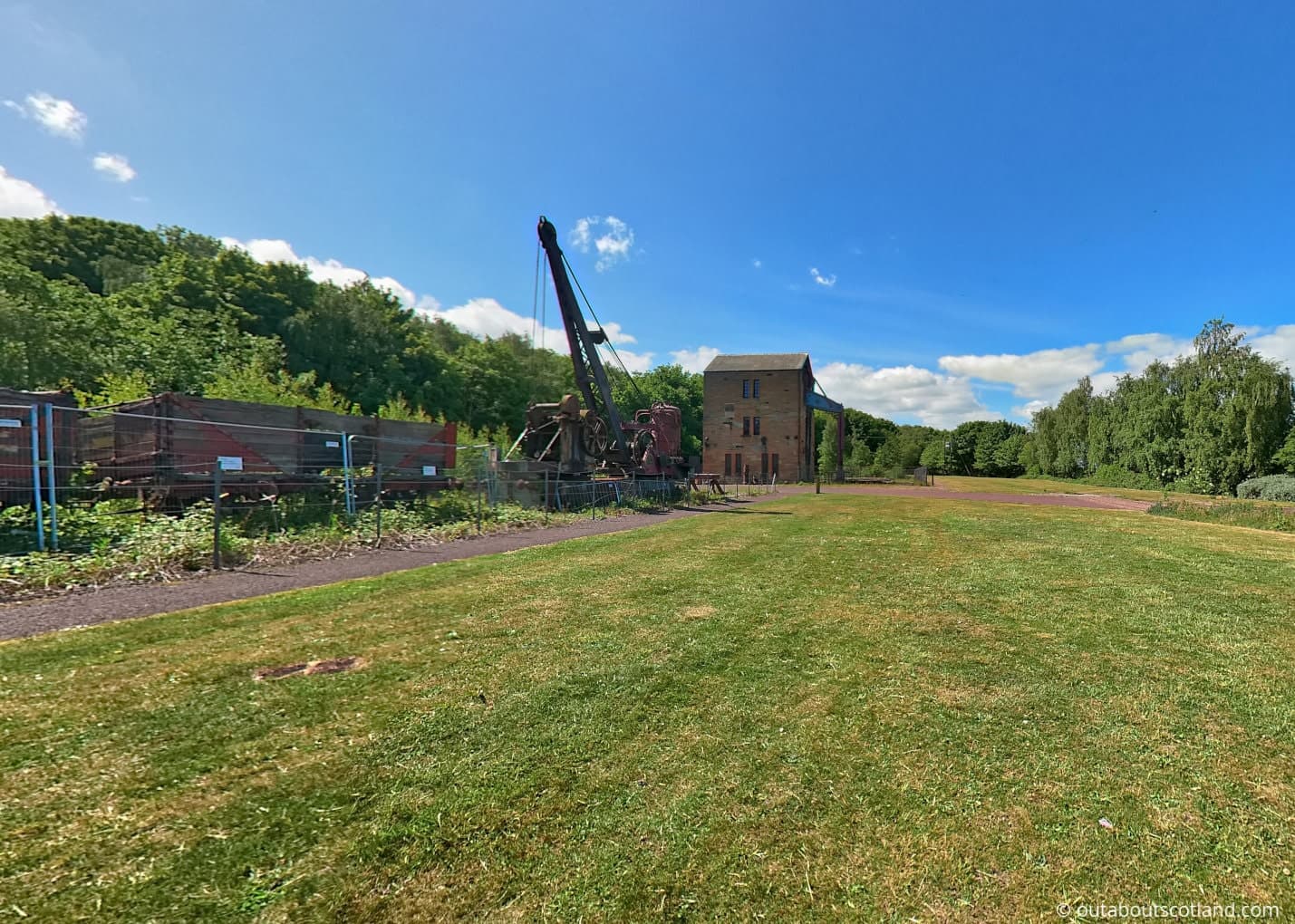
The Highlights
1: Prestongrange Museum is one of those often-overlooked attractions that make East Lothian such a great place to visit, and the fact that most tourists seem to stay in Edinburgh means it’s a nice alternative to the hustle and bustle of the city.
2: The museum is free to enter, and coupled with the nature reserve across the road and nearby beach at Musselburgh, you can have a family day out for the grand total of exactly zero pounds.
3: The telephone audio guide is a great idea. Just dial the number at each point of interest to hear a description of its history.
Visiting Tips
1: There isn’t a huge amount of parking at the museum, but there are a few spaces on the road leading to the entrance. However, I don’t think you’ll ever struggle to park as the site sees few visitors, even in the height of summer.
2: The museum is typically open from spring to early autumn, but it’s advisable to check the latest opening times and tour availability before planning your visit. While the museum grounds are open year-round, the visitor centre and the café operate seasonally.
3: If you visit outside of the museum’s opening times between April and September, you’ll find a few cafés and takeaways on Prestonpans High Street. Musselburgh is a much bigger town with more restaurants, but if you’re a tourist, it would be better to take the train into Edinburgh city centre, as ithe journey only takes 15 minutes.
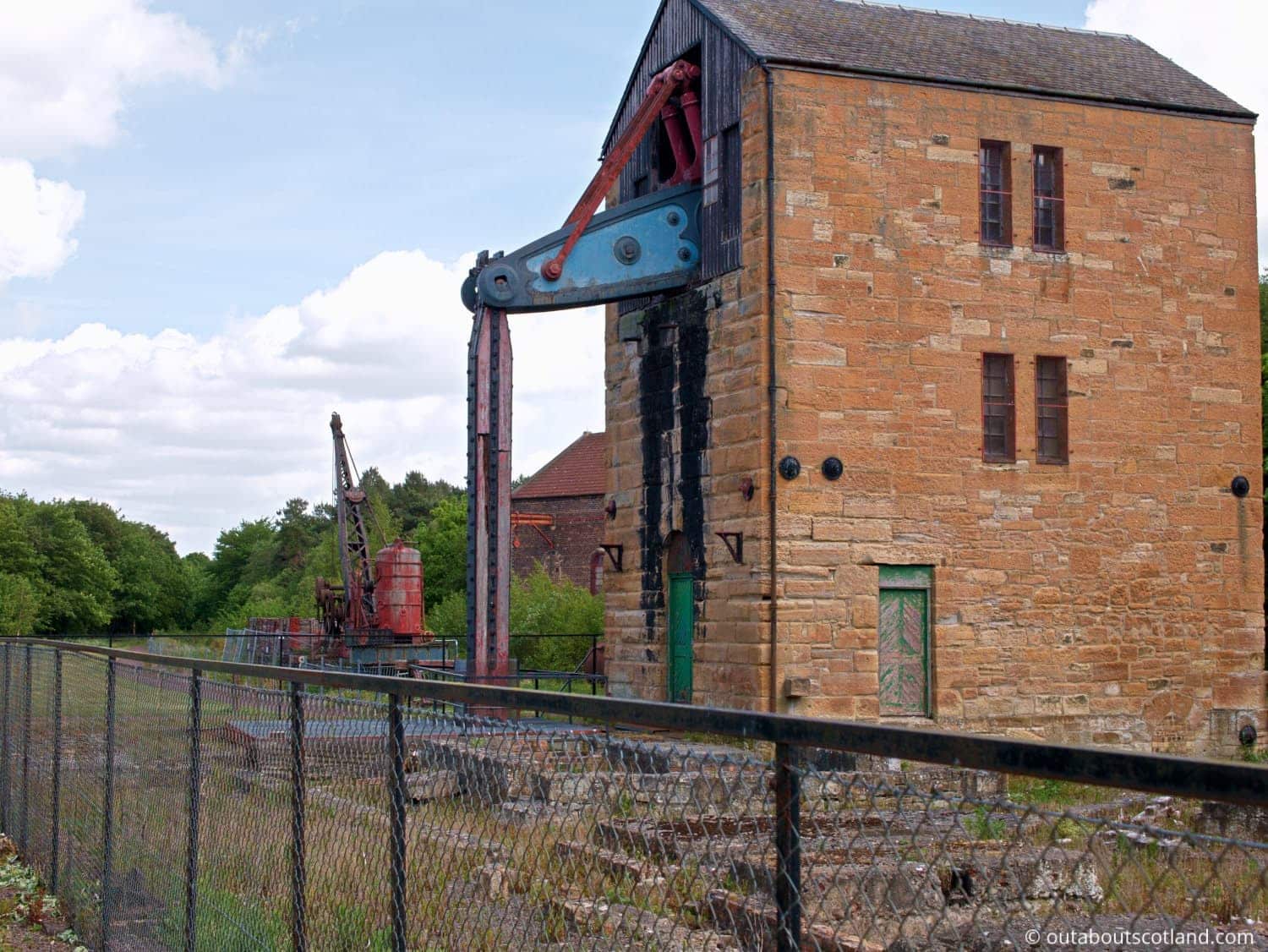
Tourist Information
East Lothian Museums have done a great job of setting up information panels at each point of interest, along with audio guides that can be accessed by calling different phone numbers. The audio guides are quite interesting, and it’s a nice touch considering the entire museum is completely free to visit.
There are guided tours between April and September, but to be honest, I feel half the fun of places like this is just setting off in whatever direction you fancy and seeing what you stumble across. While it’s not exactly going to take you all afternoon to explore the site, you’ll find more than enough to keep you occupied for a good hour.
Most of the outdoor areas have been laid to grass, and thankfully, dog walkers appear to clean up after their mutts so there’s no problem letting the kids run around in the open spaces. It’s a nice place to sit with a picnic as well, especially if you combine it with a walk across the road to the Leven Links Nature Reserve.
While Prestonpans isn’t exactly a hotspot of tourism, there are a couple of other interesting places to investigate after you’ve walked around Prestongrange Museum.
First, I recommend taking a walk through the 134-hectare Levenhall Links, which at one time was the site of ash pits but is now a haven for wildlife. The views across the Firth of Forth are lovely, and if you spend a little time walking around, you’ll eventually find a couple of hides where you can watch a variety of nesting bird species.
The other site of interest you might like to visit after Prestongrange Museum is the site of the Battle of Prestonpans, which is located at the opposite end of the village, past the rail station on the B1361. The battlefield was the scene of one of the most significant events in Scottish history, when the Jacobites, under the leadership of Prince Charles Edward Stuart, won a battle against the British government army in 1745.
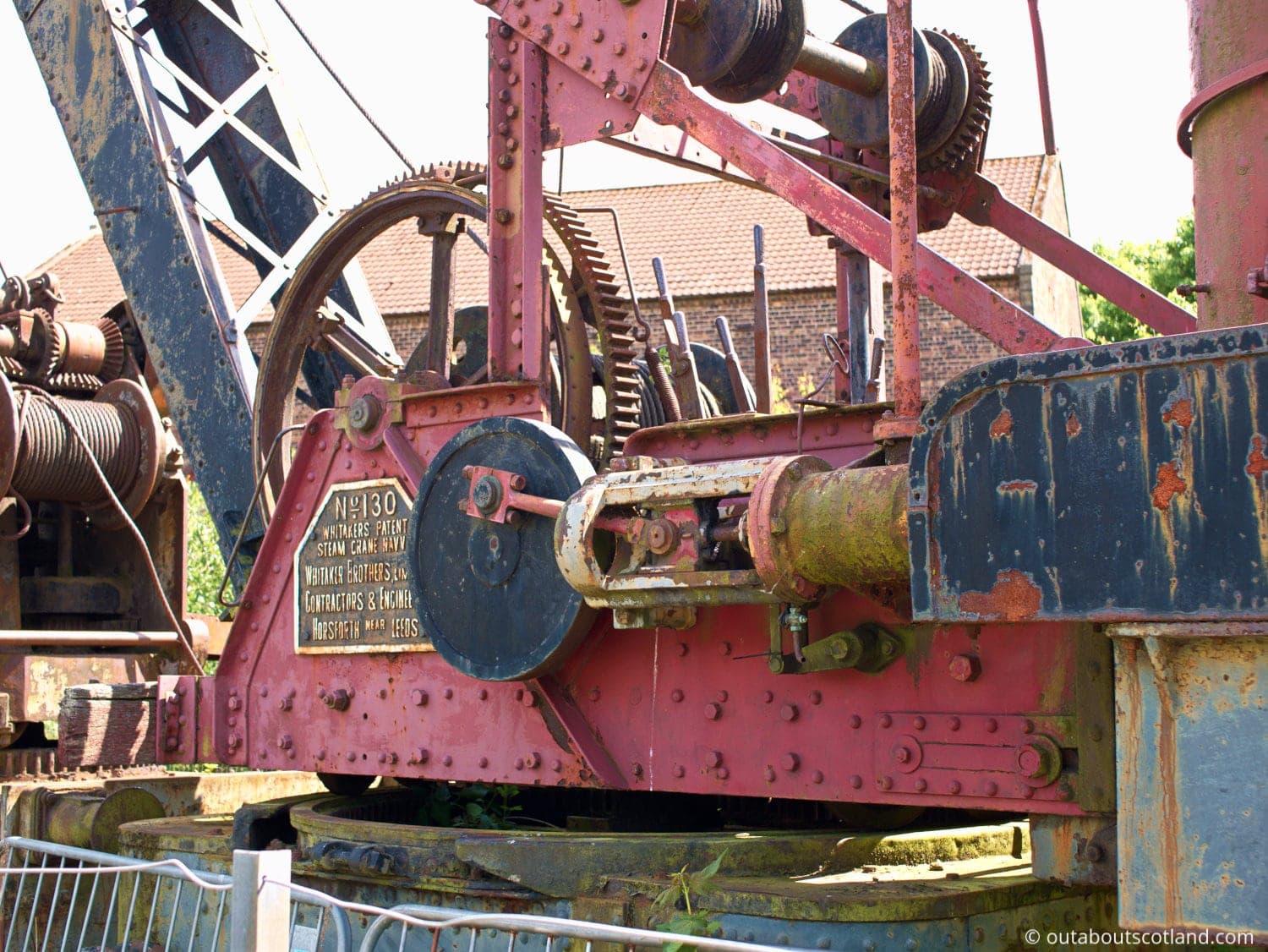
Things to Do
Explore the History of Mining: Step back in time and get an insight into the life of a coal miner at the Prestongrange Mining Museum. The museum houses an assortment of mining artefacts including original machinery and tools which showcase East Lothian’s industrial past.
Enjoy Outdoor Displays: The museum is home to several impressive displays, such as the massive Cornish beam engine and the even bigger brick kiln. The site also showcases winding gear, a steam engine, and a long-abandoned train line.
Have a Coffee: The Pithead canteen cafe (open during the summer only) serves light snacks and drinks and has table seating. You can also take a picnic and enjoy an al-fresco lunch on the lawn.
Listen to an Audio Tour: Make the most of your visit by listening to the free audio tour using headsets provided by the visitor centre. You can also listen on your mobile phone. The tour will lead you through the site, sharing intriguing stories and historical facts about the mine and the people who worked there.
Join a Guided Tour: Make the most of your visit by joining a guided tour. Knowledgeable guides will take you around the site, sharing intriguing stories and historical facts about the mine and the people who worked there. Paid tours last around 1 hour and 20 minutes.
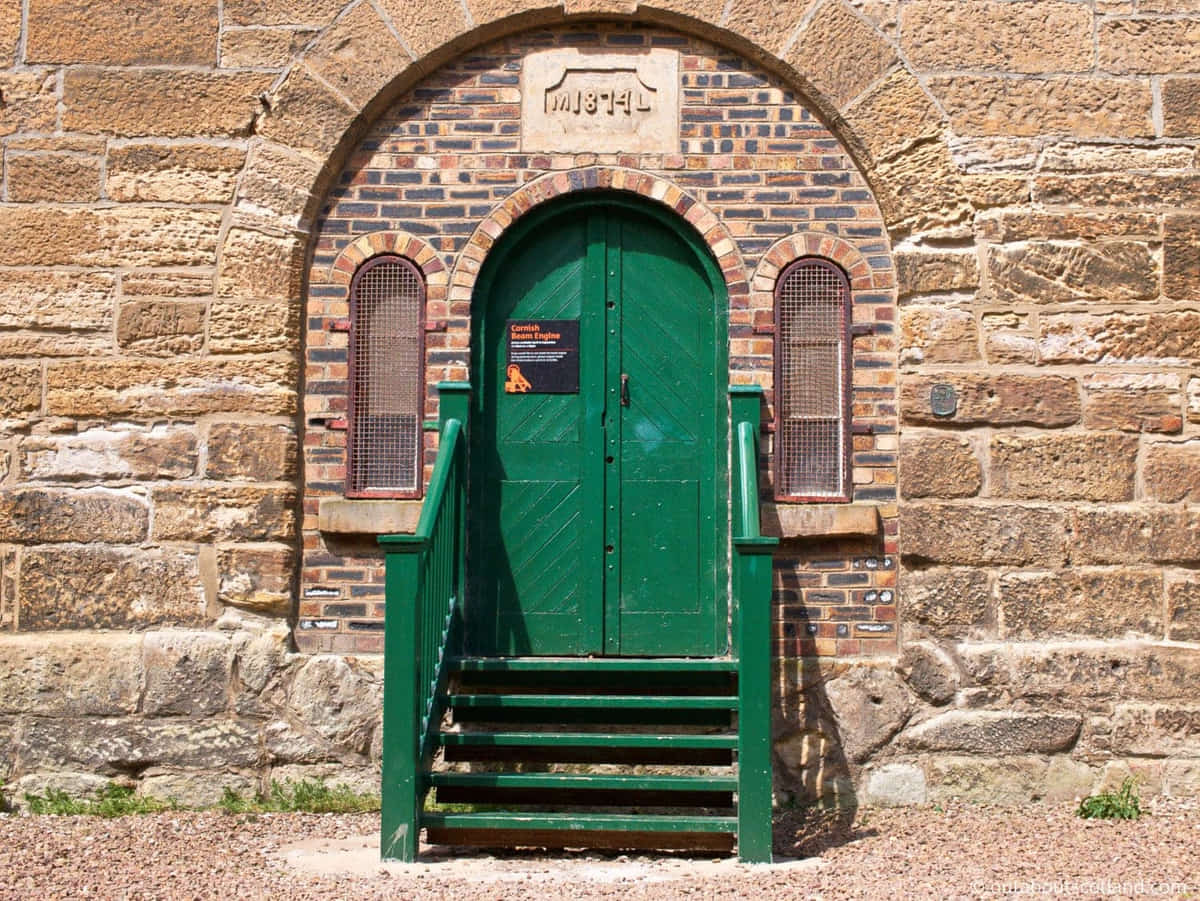
Things to Do Nearby
Inveresk Lodge Garden. 24 Inveresk Village Road, Musselburgh, East Lothian, EH21 7TE. 7-minute drive.
Inveresk Lodge Garden is a National Trust for Scotland 17th-century house with an expansive walled landscaped garden. The garden is home to a variety of wildlife and features an Edwardian glasshouse, a pond, a woodland, and large lawn areas.
Levenhall Links and Musselburgh Lagoons Nature Reserve. 2 Hope Pl, Musselburgh EH21 7QE. 15-minute walk.
A nature reserve and popular bird-watching site that has been created from reclaimed coal excavations from nearby quarries.
Gosford House and Grounds. Gosford House, Longniddry EH32 0PY. 15-minute drive.
A country house that is open for private events and public open days. The grounds are open year-round and offer picturesque walks through managed woodland.
The John Muir Way. Prestonpans EH21 8JS. 2-minute walk.
The John Muir Way is a cross-country walking trail that runs from Helensburgh on the west coast to Dunbar on the east coast. The section at Prestonpans is easily picked up from Prestongrange Museum though part of it veers onto the pavement for several miles.
Carberry Tower Mansion House. Carberry Tower Estate, Musselburgh EH21 8PY. 10-minute drive.
A grand 18th-century country house set in 35 acres of countryside. The house is open both as a hotel and as a restaurant. The grounds are free to visit and paths run to Queen Mary’s Mount where Mary Queen of Scots is said to have rested after her defeat in Edinburgh.
Newhailes Estate, Newhailes, Musselburgh, EH21 6RY. 9-minute drive.
The National Trust for Scotland is in charge of managing an 18th-century manor house. Partially restored and kept in the original condition from the 1700s. Open for guided tours. Features woodland walks and an adventure play area.
Frequently Asked Questions
What is Prestonpans known for?
Prestonpans is known for its rich history and is particularly famous for the Battle of Prestonpans, which was one of the major battles in the Jacobite uprising of 1745.
Visitors who’d like to know more about the battle will find a battlefield viewpoint and heritage trail at the northern end of the village just off the B1361.
In addition, the town is known for its traditional industries of salt panning, coal mining, and pottery. It also has beautiful murals scattered throughout the town that depict scenes of its historical and industrial past.
Why do they call it the Firth of Forth?
The Firth of Forth is called so because it’s the estuary or firth of Scotland’s River Forth. The term ‘firth’ is used in Scotland to denote a considerable estuary of the sea, and in this case, it’s associated with the River Forth. So, it basically means ‘the estuary of the River Forth’.
Are there any coal mines left in Scotland?
There are a few former coal mines in Scotland that have been preserved for their historical significance. One of them is the National Mining Museum Scotland located in Newtongrange, Midlothian. This museum was previously the Lady Victoria Colliery, one of the finest remaining examples of a Victorian colliery in Europe.
What can I do in Prestonpans?
Preston Tower: A historic site in the middle of the village, Preston Tower gives you a chance to step back in time and learn about the history of Prestonpans.
Prestongrange Museum: This open-air museum offers a glimpse into the industrial past of the area with displays on mining, brick-making, and pottery.
John Muir Way: A beautiful coastal walk that stretches across East Lothian, offering stunning views from start to finish.
Prestonpans Battlefield: Visit the site of the 1745 Battle of Prestonpans and learn about this historical event.
The Gothenburg: A historic pub to sample local beer and traditional Scottish food.

